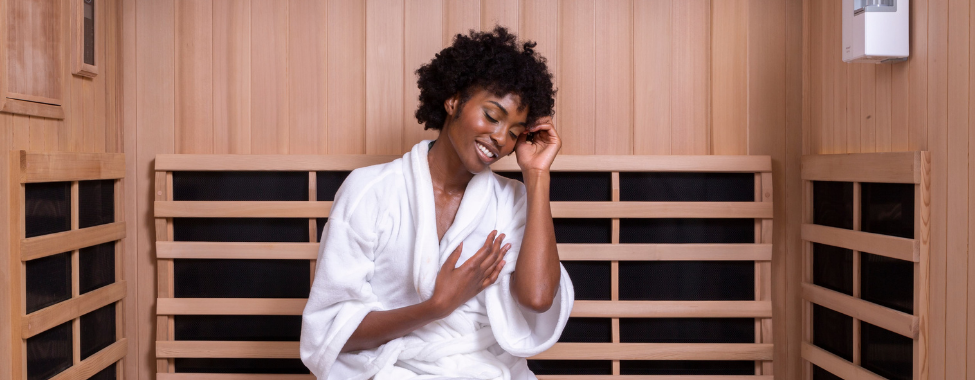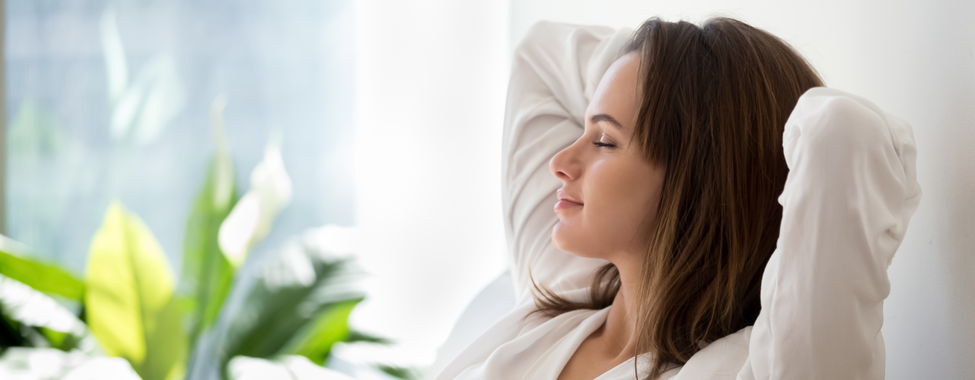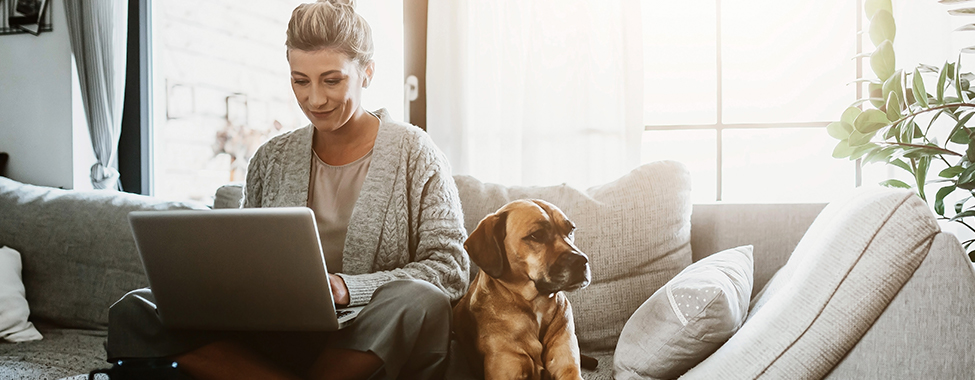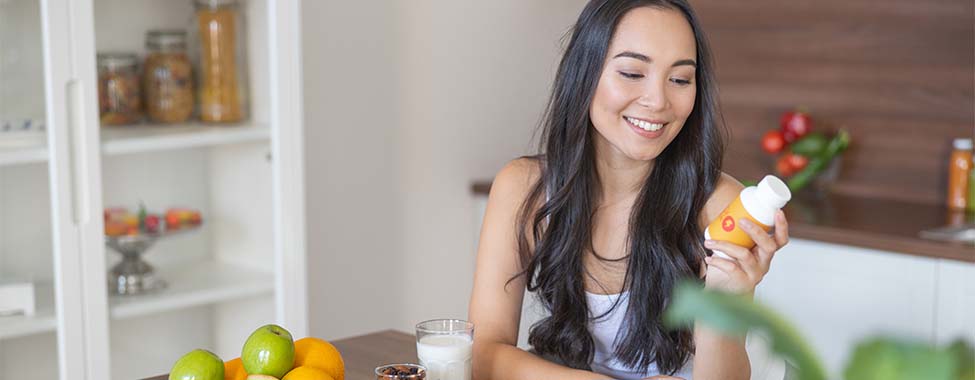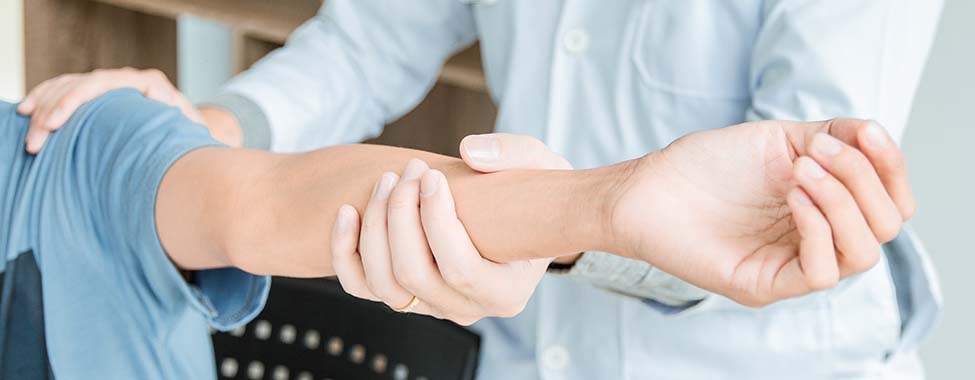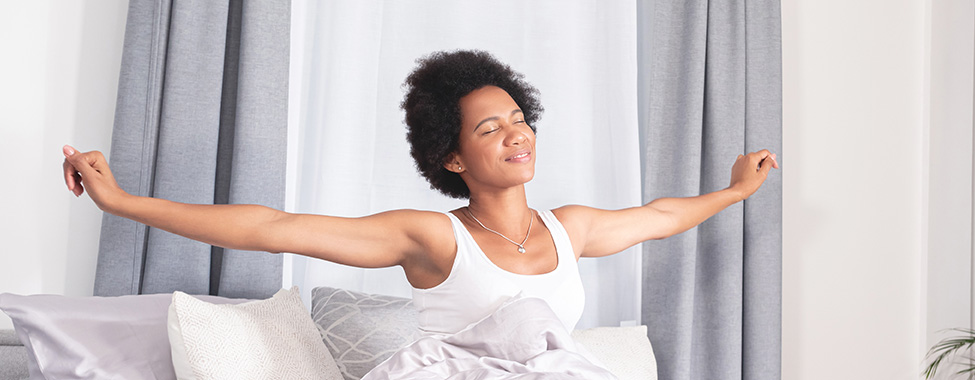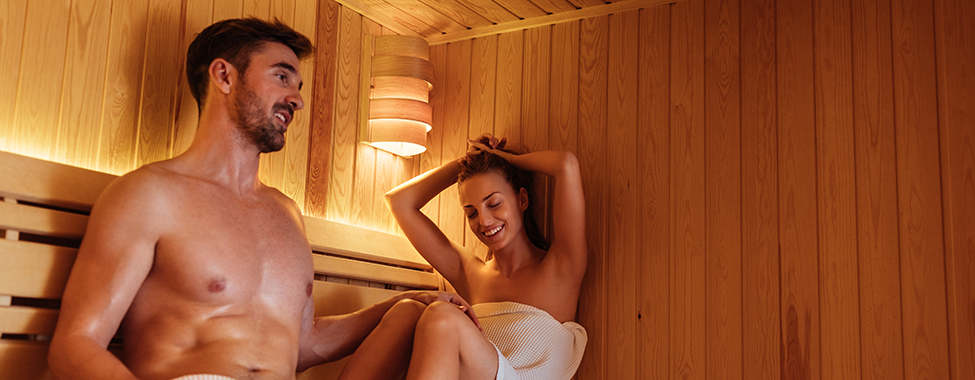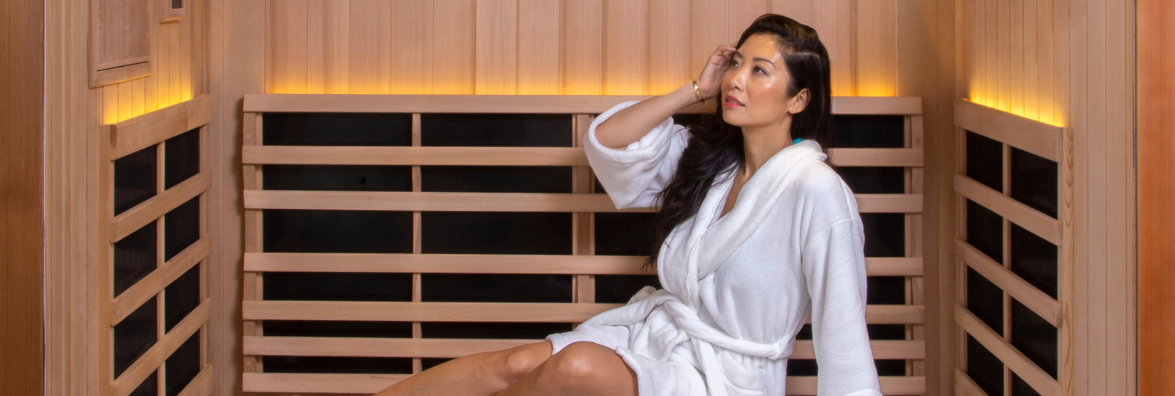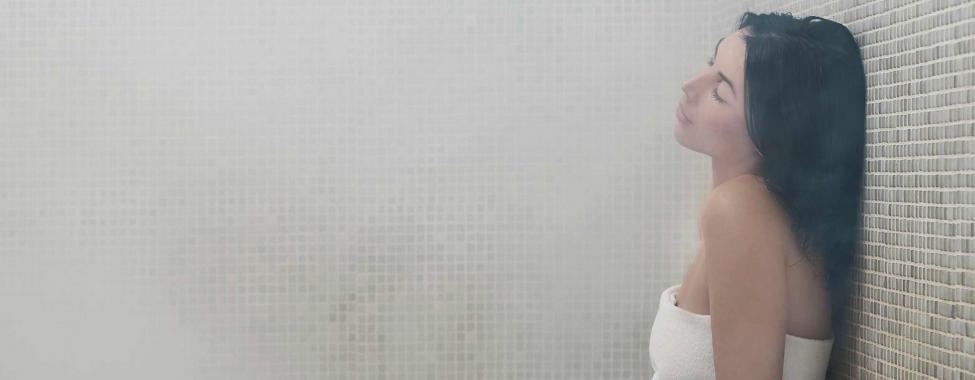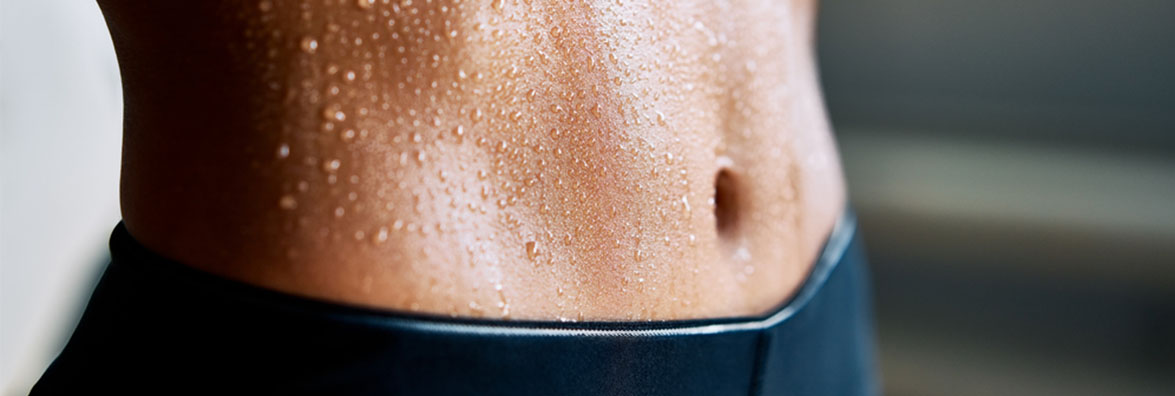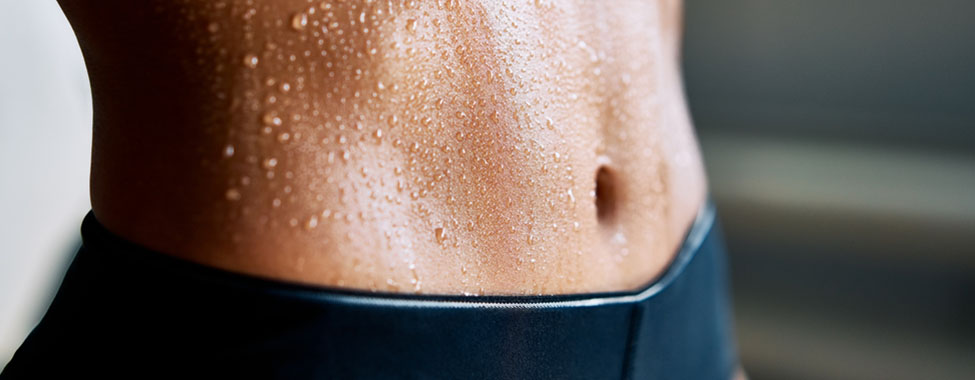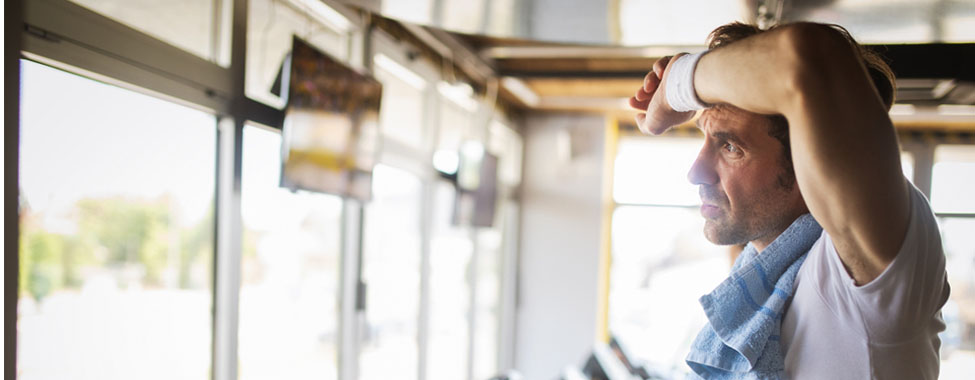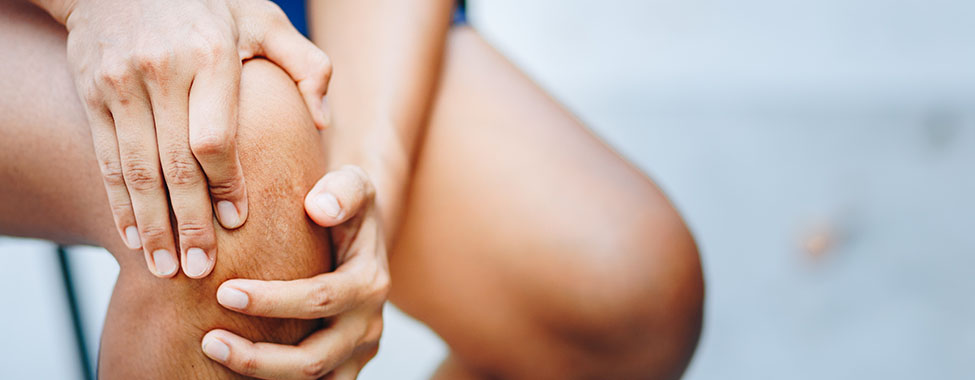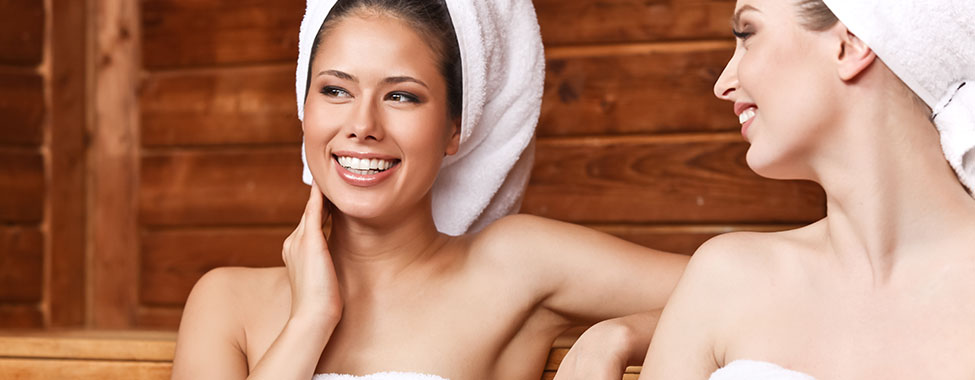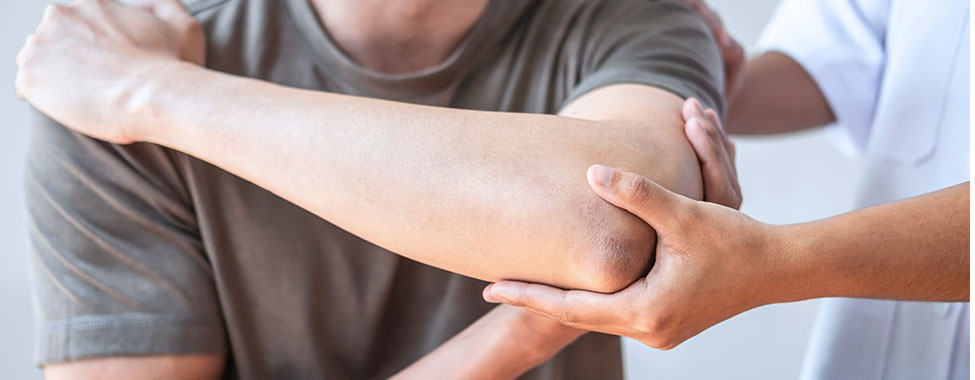Depending on your end goal, where you use a sauna might have a bigger impact. If you are an athlete looking to recover after a workout, use your gym sauna. Looking to relax? The spa is where to go! And for all-around daily health, how about a home sauna? No matter where you have access to an infrared sauna, you’re sure to enjoy the benefits of incorporating sauna sessions into your health routine. Read on to see how best to enjoy a gym, spa, and home sauna and see which fits your needs best – it might be a combination of all three!
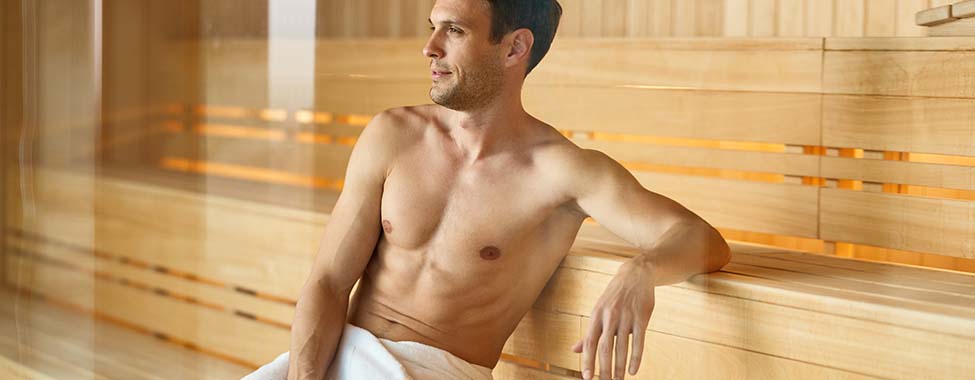
The Gym Sauna
How to Enjoy a Gym Sauna
Using a sauna at the gym is a wonderful way to boost your workout and remedy things such as muscle soreness, recovery time, fatigue, and performance. On top of post-workout recovery, gym saunas help boost your exercise health benefits as they can help you sweat, burn calories, keep your heart rate up, boost metabolism, and burn fat. If your gym has a sauna, don’t hesitate to use it as infrared saunas are the perfect companion for your workouts!
It is recommended to use the sauna after your workout and not before. A short sauna session before a workout can help loosen muscles and improve range of motion while also helping boost metabolism and heart rate. However, a pre-workout sauna session that lasts too long can make you and your muscles a little too relaxed, which can potentially lead to injury while exercising.
Whether you choose to use the sauna before or after your workout, the biggest thing to do is listen to your body! Your body will tell you if you’re spending too long in the gym sauna. Working out is already a strenuous activity on the body, and you don’t want to push the limits with prolonged heat therapy. Look out for signs such as dizziness, lightheadedness, and headaches, as they might be signs that you are dehydrated or overheating. Always make sure you have your water on hand to hydrate after your workout and sauna sessions.
Gym Sauna Etiquette
- Shower before entering
- Adhere to clothing rules
- Don’t bring in sweaty gym items
- Be aware of your time or space
- Put your electronics in your locker
- Keep your workouts outside of the sauna
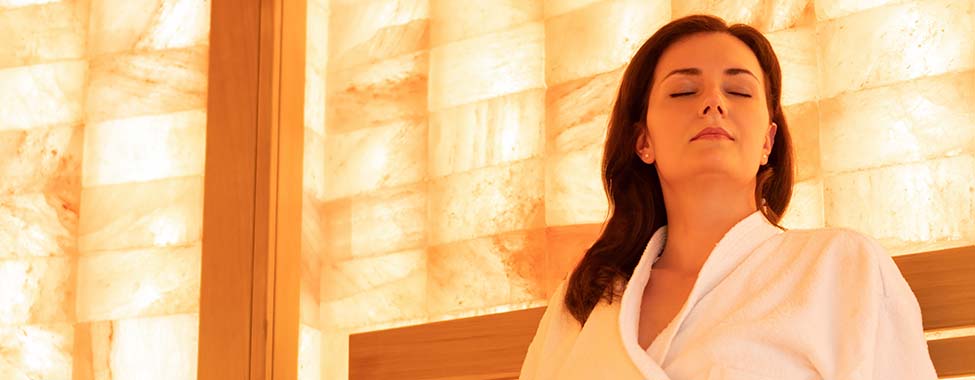
The Spa Sauna
How to Enjoy a Spa Sauna
Using a sauna at the spa helps you have a perfectly relaxing and rejuvenating spa day. Many spas offer free sauna access to use during the day of your appointment and it is open to use before, between, and after your spa treatments. If you’re already at the spa, you’re likely already getting some bodywork done such as a massage, body scrub, or facial. The spa sauna can really help enhance these services.
If you are getting a massage, using a sauna before your treatment can help relax your muscles, making it easier to work any areas that might be too tense or painful to massage otherwise. Using a sauna prior to your massage can also help you get in a relaxed mindset that can help you enjoy your massage even more. Sometimes, however, there isn’t time before your appointment to hit the sauna. That’s totally okay! Even relaxing in a spa sauna after your treatment can help prolong your relaxed state. And whether you’re enjoying the sauna before or after your massage, both approaches help your muscles recover faster after intense muscle work.
Using a spa sauna when you have a skin-related treatment is a little more restrictive, but you can still incorporate it into your spa day. Saunas help improve skin by sweating out impurities and increasing blood flow. Always use a sauna before one of these treatments to avoid skin irritation as skin treatments typically already come with intense exfoliants and heat. You also don’t want to sweat off any of the products used! If you do use a spa sauna before your skin treatment, keep the session short to allow your skin to cool down before your appointment.
Spa Sauna Etiquette
- Shower before entering
- Adhere to clothing rules
- Be quiet for other guests
- Don’t bring in electronics
- Keep track of appointment times
- Shower after to prepare for treatment

The Home Sauna
How to Enjoy a Home Sauna
Enjoying a home sauna is a wonderful way to experience health benefits daily! While having your own home sauna might seem like a luxury, it is a great investment for your overall health and can be easily added to your routine. While gym and spa saunas certainly have their merits, having a sauna at home allows you to sweat it out whenever and however you want. Take up as much space as you want, wear whatever you want, listen to music if you want – cater your sauna experience to you. From using it after a workout to enjoying a session before bed to help you relax and sleep, you get all the benefits of a spa and gym sauna right at home.
One of the biggest things to consider when finding the best home sauna for you is space. Luckily, there are a number of infrared sauna sizes available to find the perfect fit. If you are in a smaller space, perhaps a 1-person sauna is the way to go for your private zen getaway. If you’re looking for more space to fit your family and friends, or just a sauna where you can stretch and do hot yoga on your own, a 4- or 5-person sauna would be perfect for your needs. If doing a solo session or having company, you’ll reap the sauna health benefits regardless of size.
Having a home sauna means having a little bit more responsibility than using a spa or gym sauna. To ensure you have prolonged enjoyment of your sauna at home, be sure to clean it regularly and practice proper sauna maintenance. The more you keep up with your home sauna’s health, the longer you’ll be able to boost your health!
Home Sauna Etiquette
- Shower before entering
- Bring a towel
- Clean the sauna after using
- Keep up regular maintenance
No matter where you use a sauna, you’ll experience some great health benefits. From muscle recovery at the gym, total relaxation at the spa, or simply with casual everyday use at home, incorporating regular sauna sessions can help you achieve your health goals while providing a place to unwind. Use the tips above to find the best type of sauna for you.
 Canada
Canada Australia
Australia New Zealand
New Zealand Germany
Germany UK
UK EU
EU Ireland
Ireland Malaysia
Malaysia China
China Japan
Japan


